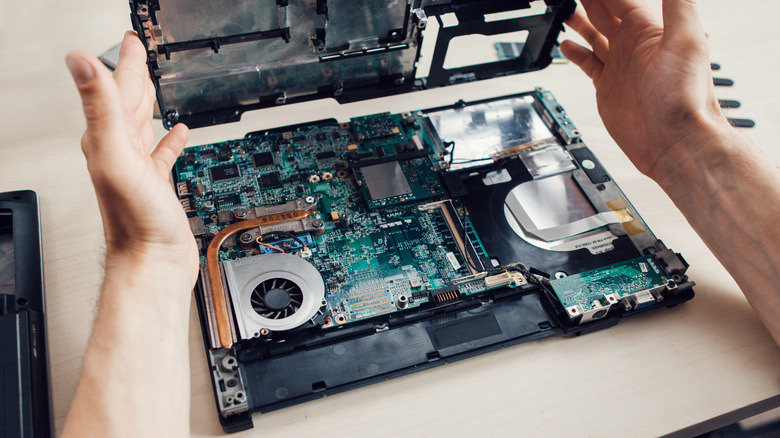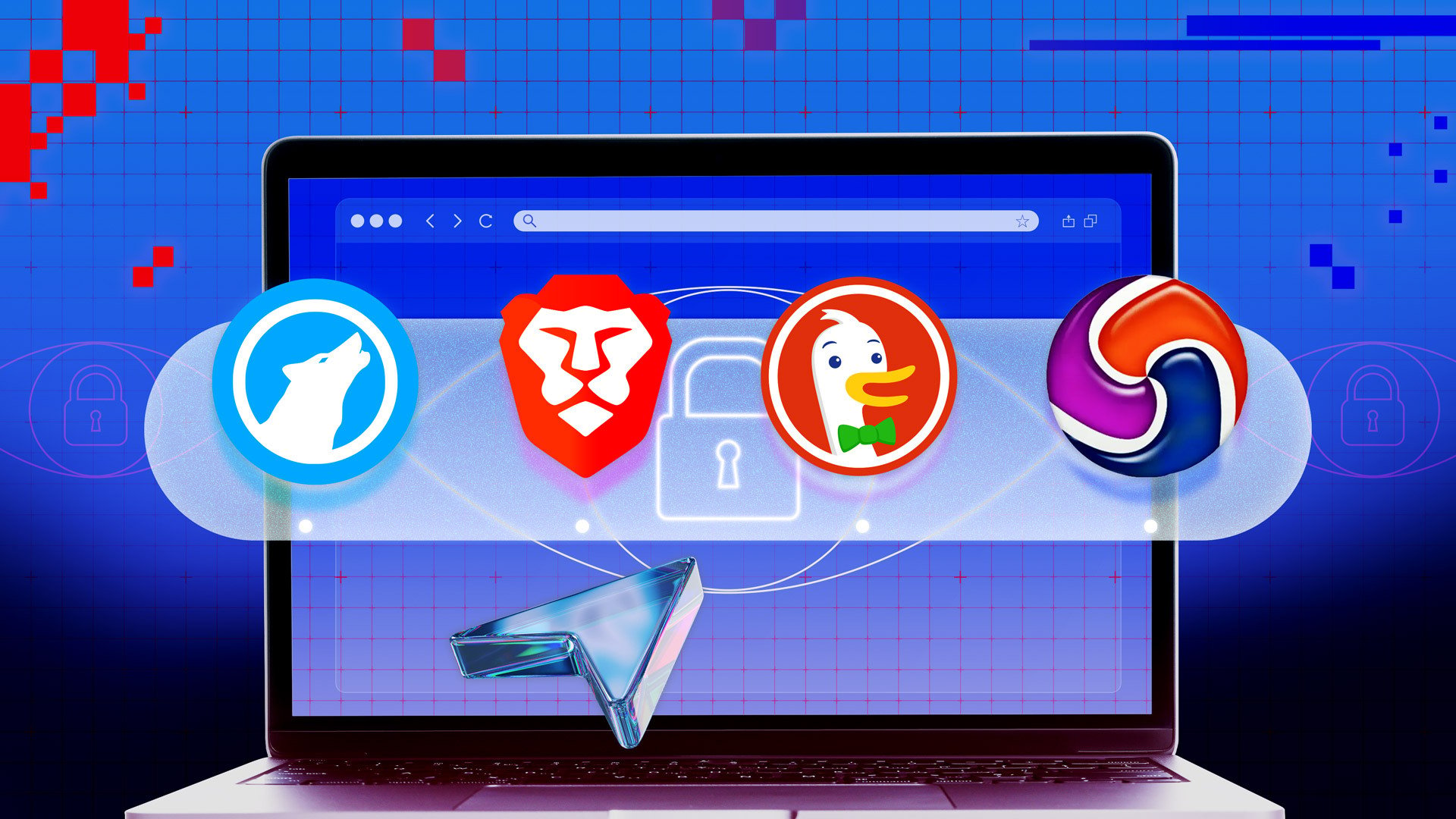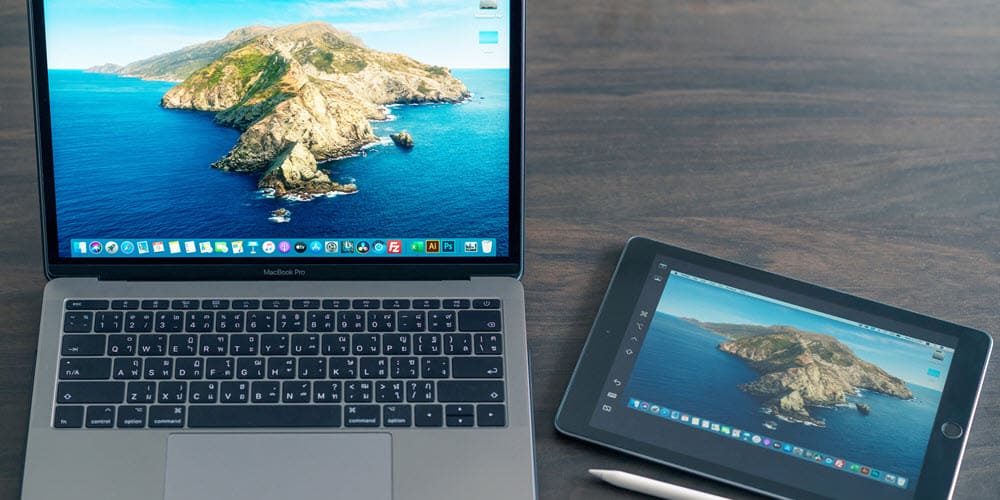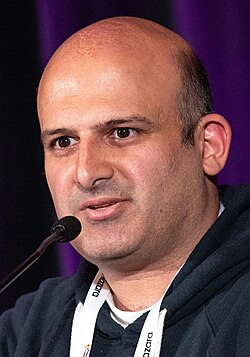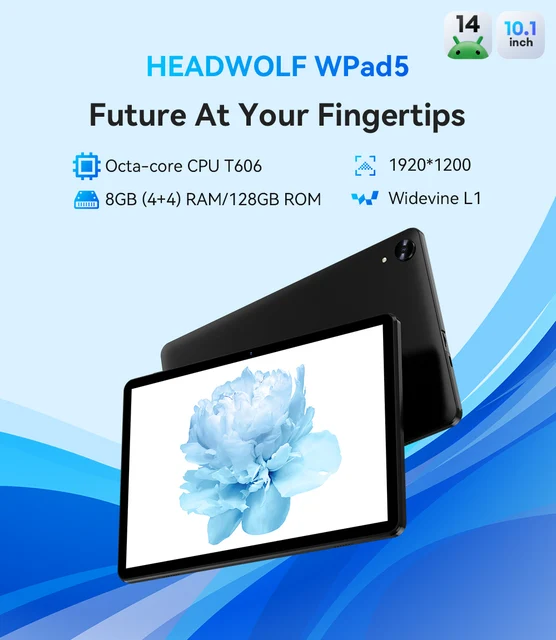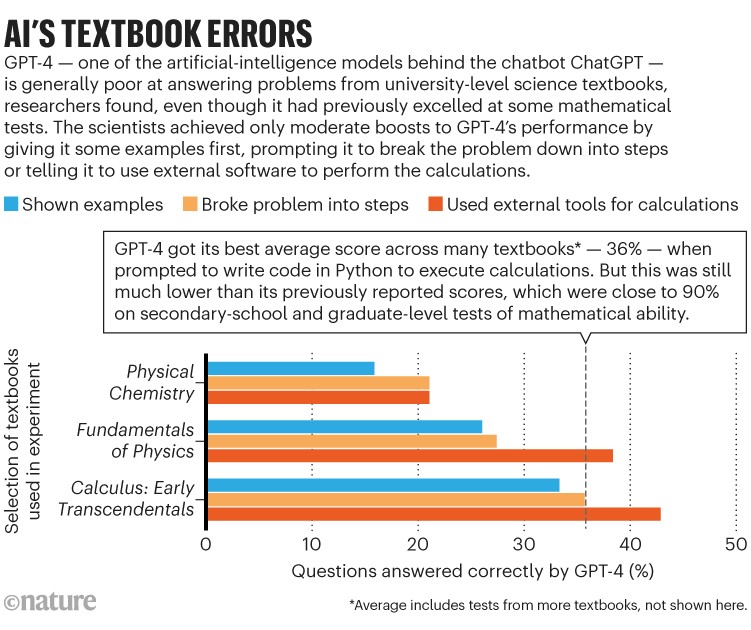In early December 2025, the Chinese robotics company EngineAI unveiled its humanoid robot T800. Unlike other robots built for chores or evading hazardous situations, EngineAI’s T800 highlights a unique array of functionalities. A video with more than 1.3 million views shows the robot breaking through doors, executing martial arts moves, and exhibiting remarkable body coordination. In spite of doubts regarding the credibility of the robot’s skills, EngineAI asserts that no AI or CGI technology was employed.
Humanoid robots typically continue to refine fundamental abilities like walking, making the T800’s accurate kicking skills particularly impressive. This innovation follows BGR’s September 2025 preview of XPENG’s humanoid robot, which ignited debate due to its realistic look. The swift progress in robotics has resulted in diminished public expectations, which EngineAI seeks to overturn.
EngineAI is broadening the prospective uses for humanoid robots beyond domestic chores. To refute allegations of presenting a fake robot, the company shared behind-the-scenes footage and a video featuring the T800 in a staged fight with the company’s CEO. In the footage, the T800 nearly strikes the CEO’s face with a kick and subsequently lands a strong kick to his stomach, showcasing the robot’s power. The CEO remarked that, without protective gear, the kick might have inflicted serious harm.
Although the T800’s combat skills are captivating, EngineAI’s primary emphasis remains on industrial uses, such as aiding in warehouses and factories. The T800 is anticipated to commence shipping by mid-2026, representing a major advancement in the functionalities and uses of humanoid robots.




